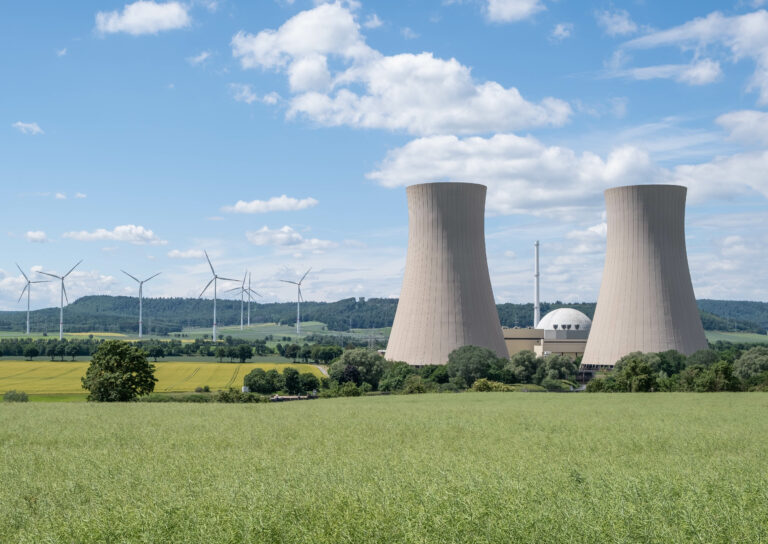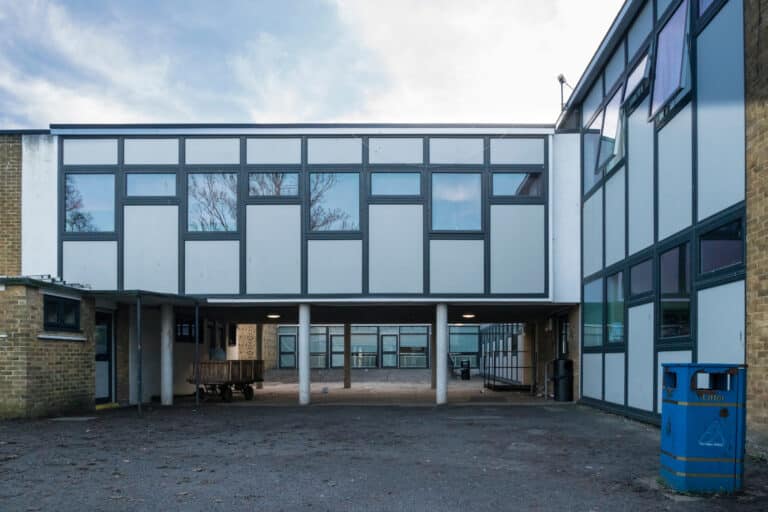The government’s commitment for the UK to become net carbon neutral by 2050 has put greater pressure on domestic consumers, businesses and public sector organisations to radically reduce energy consumption.
Improved technology is allowing organisations to modernise dated infrastructure and systems and thereby minimise their future energy costs. In fact, a growing number of organisations are finding that investments in modern technology and renewables that are at the cutting edge of carbon reduction, can offer improved workspaces that significantly reduce energy consumption and costs in turn.
But many organisations are challenged to finance the upfront costs for such improvements. It means that, all too often, investment in energy efficient technologies and infrastructure becomes a reactive activity, with updates and replacements taking place when they reach the end of their life. Taking a proactive approach to systematically replacing and updating inefficient equipment, systems and buildings, however, will offer immediate reductions in maintenance and energy costs.
What if there were a way to fund energy efficient projects without having to find a large capital expenditure upfront?
In recent years, the government has sought to address the need to reduce carbon emissions in the public sector with the introduction of funding schemes.
The Public Sector Decarbonisation Scheme (PSDS)
Two rounds of funding have been made available under the Public Sector Decarbonisation Scheme which was launched in October 2020. The scheme has primarily focused on providing funding for replacement boilers, upgrading single glazing to double glazing and other building fabric improvements. Read more about the scheme here.
Condition Improvement Fund (CIF)
The Condition Improvement Fund (CIF) provides funding to academies, sixth-form colleges and non-diocesan VA schools via an annual bidding round. Successful bidders receive a non-repayable grant to allow them to address significant areas of poor building condition. The fund also supports a small proportion of building expansion projects to academies, sixth-form colleges and non-diocesan schools with an Ofsted rating of ‘good’ or ‘outstanding’ that demonstrate a need to expand. The next round will open in November 2021, so it is worth preparing now.
Previous funding routes
Funding schemes that have previously been administered by Salix – Salix Energy Efficient Loan Scheme (SEELS); Salix Energy Efficiency Fund (SEEF); Switching to Low Energy (SLE); and Condition Improvement Fund (CIF) – have all closed in England as of 1 April 2021.
It is likely that funding will be made available in future rounds of PSDS to replace these traditional funding routes and we will provide updates on our website if and when they become available.
What is the opportunity?
Many schools and colleges that would have applied for funding were originally constructed in the 1950s when energy use was not a major consideration and this legacy affects the ultimate future energy performance of buildings. Our technical division, Briar, has undertaken a number of energy audits and surveys at buildings like these throughout the UK and we are sharing some insights from our work.
Funding in action: Queen Mary University of London saves £4,000 per month with energy efficient lighting
Objective
Queen Mary University of London, one of the UK’s leading research-focused higher education institutions, was awarded a Salix fund for investment in energy and carbon saving projects. The university wanted to use the fund to realise savings from replacing inefficient lighting in its library. One of the project’s objectives was that the library was lit suitably to create a suitable environment for study and user comfort.
Solution
The existing T8 fluorescent tube lights were replaced with energy saving LED alternatives. In the bookshelf aisles, passive infra-red (PIR) controls were installed to avoid the continuous lighting of areas that were only intermittently unoccupied. Careful phasing of the work meant that it was completed during the holidays, while the library remained operational throughout the work taking place.
Results
The project exceeded business case projections, with the new lighting enabling the university to realise a 70 per cent saving in energy consumption, equating to more than £4,000 per month.
How to secure funding
Craig Clark, Director of Technical Delivery at Briar, Zenergi’s Technical Division, has extensive experience of securing funding for public bodies. He suggests that engaging specialist services at the outset will help to identify the most suitable projects to better your chance of securing funding, and says: “Working with a specialist firm will allow the design and tendering for project work to develop seamlessly from the initial audit right through to securing the funding and delivering the project in full, for a faster return on investment.”
For some useful tips to avoid common energy wastage in school and college buildings, listen to our podcast. If you would like to talk to us about energy surveys and audits, please get in touch.













